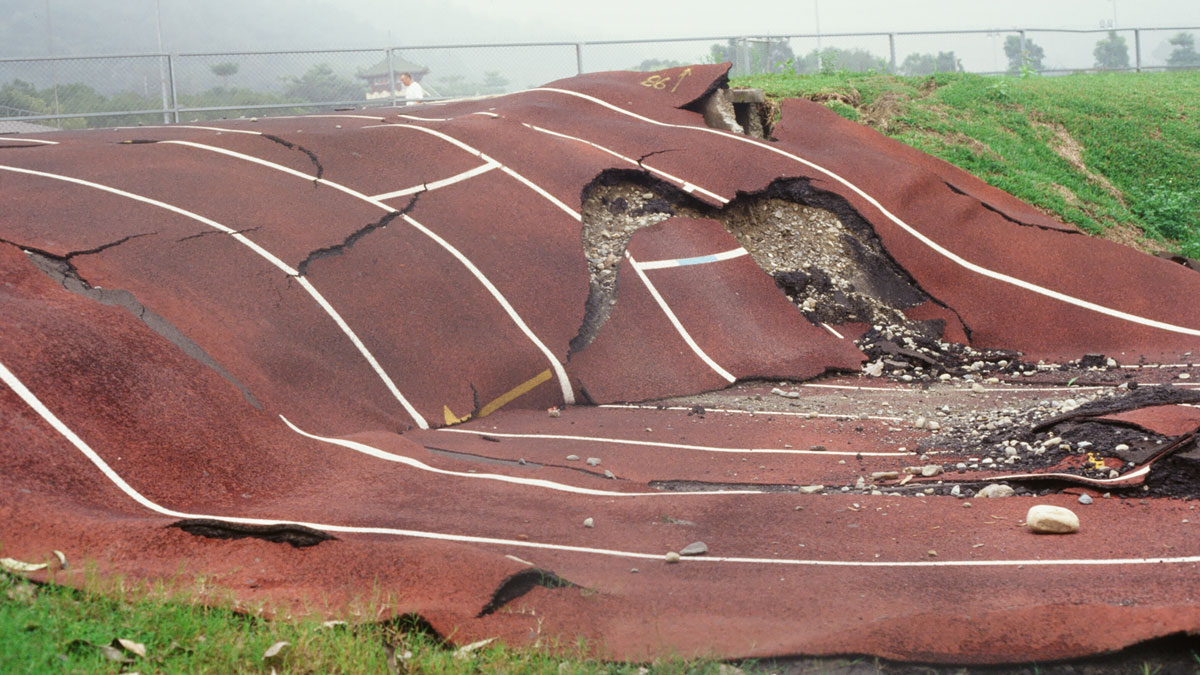Source: Journal of Geophysical Research: Solid Earth
A translation of this article was made by Wiley. 本文由Wiley提供翻译稿。
Earth’s crust is constantly in motion. As tectonic plates that make up the lithosphere shift, pulling apart and crashing into each other, the crust fractures and folds in response. Both faulting and folding play out at fault-bend folds, which are created by ramp-décollement systems, but the dynamics and timing of folding in relation to earthquake cycles are not well understood.
In search of answers, Mallick et al. developed a numerical model to simulate folding in the brittle crust throughout the earthquake cycle, which accounts for the mechanical relationship between fault slip and inelastic off-fault deformation. The team derived the shear stressing rate from incremental deformation using elastoplastic models of folding and combined it with earthquake sequence simulations and rate-state frictional models of fault strength evolution.
The authors found that the elastic response of the crust to fault slip can obscure the inelastic deformation in geodetic data during large earthquakes but that it’s possible to distinguish between these signals in the postseismic period. They show that the rate of off-fault deformation is tightly linked to fault slip, with the greatest rates occurring during and immediately following earthquakes and tapering off logarithmically over time. What’s more, they found that the type of rock present can influence this rate of relaxation.
To tease out the geodetic signals of off-fault deformation from those of on-fault release, the authors recommend that future studies combine seismogeodetic observations with structural geological data on fault geometry. (Journal of Geophysical Research: Solid Earth, https://doi.org/10.1029/2021JB022045, 2021)
—Kate Wheeling, Science Writer

